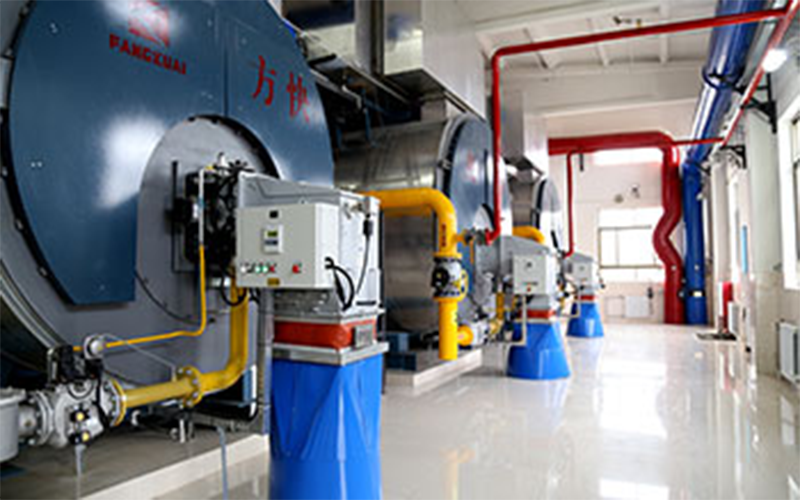1. Why should the reheater be protected?
When the reheat steam flow is interrupted due to the sudden failure of the steam turbine during the start-up or shutdown of the unit, the reheater will have no steam to cool down and cause the tube wall to be overheated. Therefore, the bypass system must be installed to pass in part of the steam to protect the safety of the reheater.

2. What is the function of the secondary bypass system?
The working principle of the first and second stage bypass is to enlarge and depressurize the steam capacity, and inject an appropriate amount of water to cool down during the expansion process, so that the steam parameters can be reduced to the required value. The function of the primary bypass is to cool the new steam and then enter the reheater to cool the pipe wall. The secondary bypass is to discharge the reheated steam into the condenser after reducing the temperature and pressure, so as to recover the working medium and reduce the exhaust steam noise. It also plays a role of matching the temperature of the primary and secondary steam during the start-up and shutdown of the unit.
3. Where are the flue baffles of industrial boilers? What is its structure?
The flue baffle used for adjusting the temperature of steam is arranged in the smoke temperature area below 400℃ at the outlet of the front and rear flue ducts bounded by the middle partition of the tail shaft. Its structure (take DG670t slave furnace as an example) is a butterfly baffle with multi-shaft linkage drive. Baffles are arranged on both sides of the front and rear flue exits, namely the reheater side and the superheater side. Each baffle is divided into two groups. In each group, a driving shaft drives 12 butterfly baffles arranged 1/2 the width of the furnace through the connecting rod. The baffle material is 12Cr1MoV with a thickness of 10mm. The reheater side (front side) length is 3m, the superheater side (back side) length is 1.5m, and the working area temperature is 362℃.
4. What is the temperature regulation principle of flue baffle?
The temperature range of flue baffle is generally about 30℃. The principle of temperature regulation (dg670/140-4 cases) : the front and rear flue sections and flue gas flow are designed in proportion to the rated load. In this case, the superheated steam still needs to be cooled by a certain amount of water spray. When the load is reduced, the reheater with strong convection characteristics loses heat absorption. In order to keep the reheated steam temperature up to the rated level, the side baffle of the superheater is closed and the side baffle of the reheater is opened at the same time, so as to increase the proportion of the flue gas flow at the reheater side, thus increasing the temperature of the reheated steam. The temperature reduction of superheater steam is controlled by reducing the amount of water for temperature reduction. Under normal circumstances, the temperature of superheated steam and reheated steam with rated load of 70% ~ 100% can be kept within the specified range. The regulating performance of baffle is generally significant in the range of 0 ~ 40%, and it has certain hysteresis to the reaction of steam temperature.
5. Why is the cross section of reheated steam flow larger than that of the main steam system?
This is because the pressure of the reheated steam is low, the specific capacity is large, and the volume flow rate is also large. In order to reduce the steam velocity, the pressure drop loss caused by the steam resistance in the flow is controlled in a small value (the fluid velocity is the factor directly affecting the pressure reduction), so as to improve the unit's circulation efficiency. So the cross section of the reheated steam is much larger than the cross section of the main steam.
6. What is the structure of reheater accident water jet and intermediate water jet desuperheating device?
Structure of reheater accident water spraying and intermediate water spraying device. The desuperheating principle is basically the same as that of the main steam desuperheating device. The difference is that the reheater sprinkler does not need a separate header, but is carried out in the reheated steam pipe, and a thin-walled lined pipe is also required in the inner wall of this pipe, but the venturi nozzle is omitted. The type of boiler is different, and the structure of water spraying device is different. Generally, atomization nozzle type is adopted. The introduced desuperheating water, along the steam direction, is atomized and sprayed by the nozzle, and mixed with the reheated steam for desuperheating.
The above is the industrial boiler operation common problems, and part of the solution, I hope it will be useful to everyone.